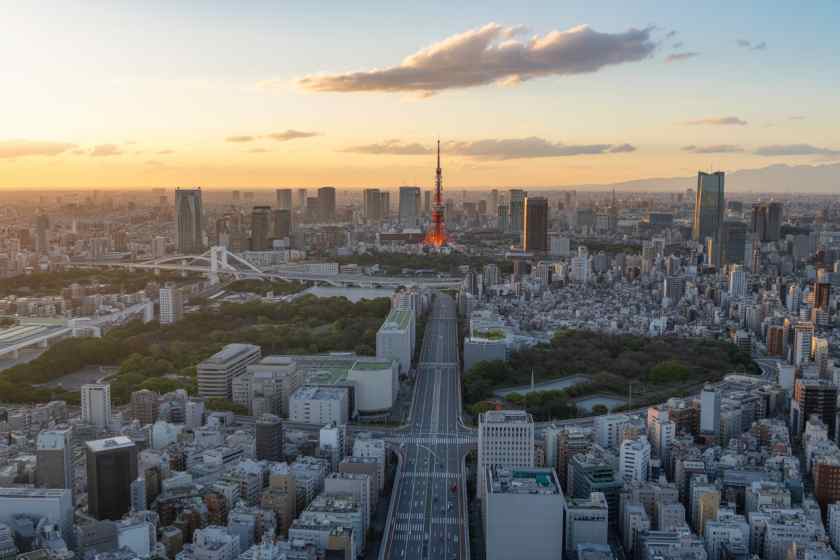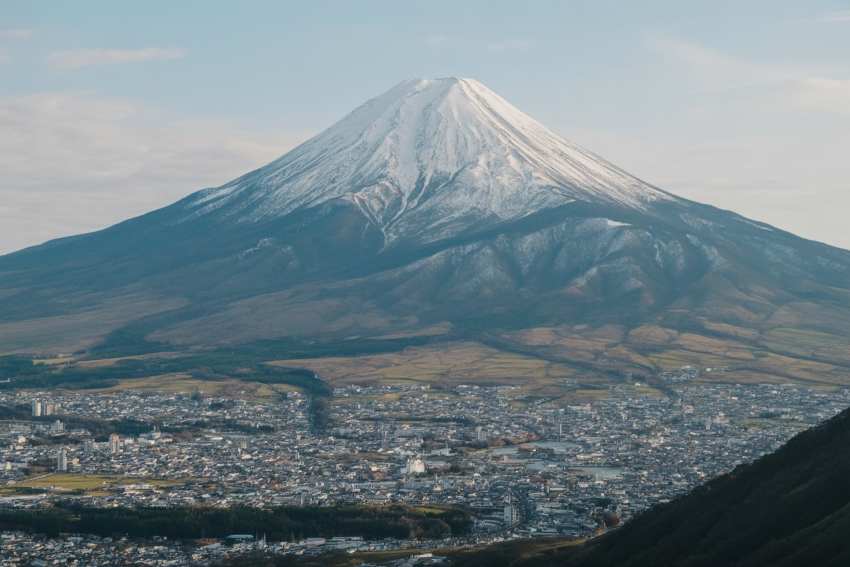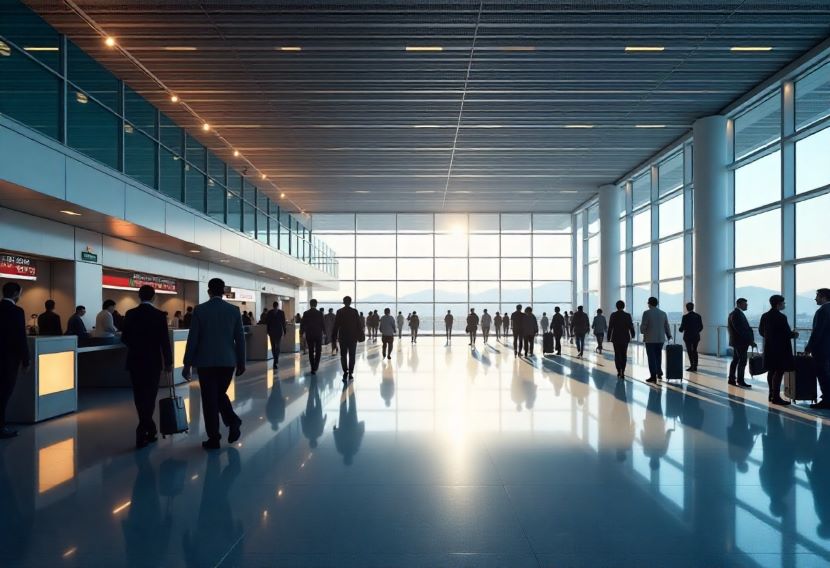
However, the diners to either side of me are not Japanese. The woman on my left is American; the guy on my right is from Mexico. Dining in those countries doesn’t work in the same way. Preferences are catered for. Dietaries are standard.
And to his immense credit, Sato-san just smiles deferentially. And continues to do so. It’s only his eyes that sometimes give him away as he watches his carefully crafted nigiri – and his hastily subbed-in, vegetarian maki sushi rolls – pile up untouched on the stone in front of the American woman, and as he patiently explains how chewy each nigiri will be, and sometimes even goes to work making tiny slices in the fish to tenderise it for the Mexican guy before he will touch it.
I’m not sure if you’ve ever seen a sushi chef have an existential crisis in real time, but I have, and it’s not pretty. There are decades of painstaking practice and perfection that have gone into the sushi we see before us today, prepared by Sato-san – and for what? To have some American screw up her face and not touch it?
Here’s the thing I’ve started noticing in Japan: things are changing. They’re only changing slightly, particularly in Tokyo, but the transformation is real. The effect of mass tourism is starting to become apparent.

“Can’t, or just don’t like?” To declare you won’t eat some things served, when some wait six months for a booking, is mind-boggling.Credit: Hakkoku
That was always the case in places like Kyoto and Nara, small, historic cities where overtourism has become notorious, and authorities have long been looking for ways to mitigate the crush.
But Tokyo? This is a city of almost 40 million people, where tourism, even the vast numbers who these days are attracted to Japan, barely touches the sides, and where it’s still so easy for visitors to avoid those tourist hordes if they want to.
For some locals, however, it clearly isn’t possible to avoid them. If you work or live in a place that’s popular, you have no option. And it’s having an effect.
The famous politeness of Japanese people is slipping sometimes, in my experience at least, no doubt pushed to the limit by the sheer weight of numbers of visitors who don’t know how to act and quite often make no effort to learn.
Maybe it’s just that the more I visit Japan and the more I understand it, the easier it is to notice the nuances. But still, I get the feeling people are increasingly frustrated with the volume of tourists in their midst in the likes of Ginza, Omotesando, Shibuya, Asakusa.

Is overtourism pushing the Japanese people’s famous politeness to the limit?Credit: iStock
Locals on the subway are just a little less accommodating. Workers in tourist-heavy shops, particularly around Ginza where I stayed recently, are outright rude sometimes, which I have never experienced before. My partner was almost physically pushed out of a restaurant by a grumpy waiter after a case of mistaken identity (she had a reservation at an outlet with exactly the same name a few blocks away).
And then there’s the Hakkoku experience, which is fine and nice and everybody smiles and gets on with it, but it’s still shocking to me to see that our ways of doing things in the west are negatively affecting people even here in the hallowed hallways of a Ginza sushi haven.
You can, of course, get away from all this in Tokyo. So easily. Go to Koenji, or Ogikubo, or Kichijoji, or even Nakano – to name but a few – and you will have the time of your life in a fascinating, uber-cool neighbourhood where you won’t spot another tourist the entire time.
You probably should do that, in fact, to ease the pressure on the popular areas, which in all honesty are no better than those I’ve listed just above. It’s also on visitors to act appropriately wherever they’re travelling, to be polite and thoughtful and learn the local ways of doing things.
And if you choose to eat at a restaurant that’s chef’s choice – then eat the chef’s choice.
Join travel writer Ben Groundwater for a low-impact, small-group culinary tour of Japan in October this year. See worldexpeditions.com
link






